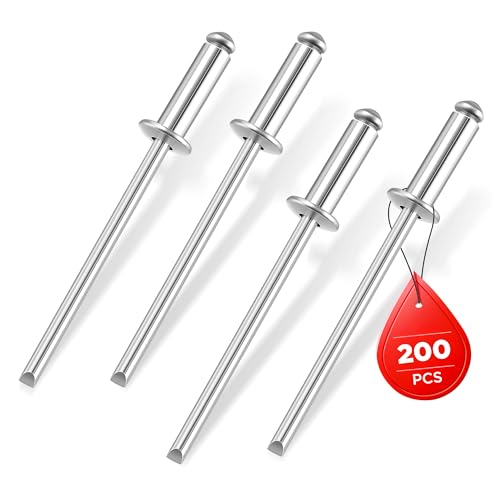PSG-1
Well-known member
Ride_Klein said:Haven't messed with the interior much this past week. I did order and install a new impeller and I'm very pleased with it. I went with a Skat-Track Swirl in the 14-22.5. This replaced the OEM Seadoo 15-23 impeller. I chose to replace the impeller for a couple reasons. First, the stock impeller was a little under the spec for clearance with the pump wall. Secondly, I researched fairly heavily and the skat-track swirl was highly regarded for hookup in rough water. It has a curved leading edge that helps eliminate cavitation in aerated water.
Got it installed this afternoon and headed to the lake with my co-captain to give it a run. Cavitation is much less with this prop. All but gone until you get full throttle in the small chop that was on the lake today. Will run 45 mph all day long. Hooks up great and has a lot more bite than the stock impeller. I'm extremely happy with how worked and hope to have a few chances to work on the interior over the holidays.
https://youtu.be/soY6GbQIbDo
Video work is far from my specialty, and I can't get my co-captain to do anything but enjoy the ride from the front. The boat is much more consistently fast with this impeller. Bow rise is next to nill. Had a chance to run it in some pretty skinny water this afternoon and as it sits now it will float in 4.5" and get up on plane in 10".
Another advantage to swirl impellers is that they are less prone to fouling than a straight-edged impeller. because the leading edge is curved, weeds and other debris tend to slide off the radius, then they are chopped between the wear ring and the impeller....where, with a straight-edge impeller, they tend to stay caught on that straight edge, if that makes sense. Also, as you've already noted, swirl impellers are better at staying hooked up in rough water.









































































